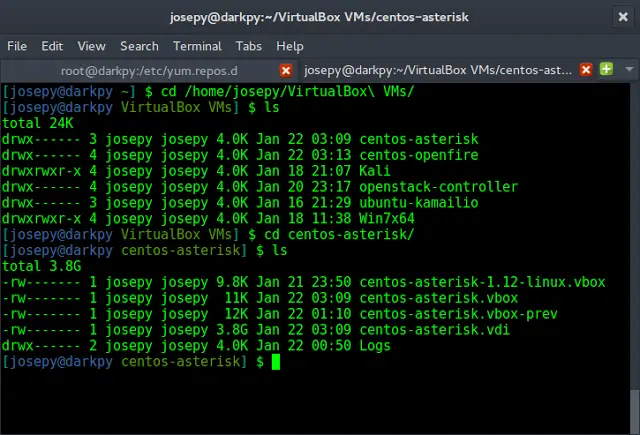In Python, a list is a collection data type that can store elements in an ordered manner and can also have duplicate elements. The size of a list means the amount of memory (in bytes) occupied by a list object. In this article, we will learn various ways to get the size of a python list.
1.Using getsizeof() function:
The getsizeof() function belongs to the python’s sys module. It has been implemented in the below example.
Example 1:
Python3
import sys# sample listslist1 = [1, 2, 3, 5]list2 = ["GeeksForGeeks", "Data Structure", "Algorithms"]list3 = [1, "Geeks", 2, "For", 3, "Geeks"]# print the sizes of sample listsprint("Size of list1: " + str(sys.getsizeof(list1)) + "bytes")print("Size of list2: " + str(sys.getsizeof(list2)) + "bytes")print("Size of list3: " + str(sys.getsizeof(list3)) + "bytes") |
Size of list1: 104bytes Size of list2: 96bytes Size of list3: 120bytes
Note:The sys.getsizeof() function includes the marginal space usage, which includes the garbage collection overhead for the object. Meaning it returns the total space occupied by the object in addition to the garbage collection overhead for the spaces being used.
1.Using inbuilt __sizeof__() method:
Python also has an inbuilt __sizeof__() method to determine the space allocation of an object without any additional garbage value. It has been implemented in the below example.
Example 2:
Python3
# sample listslist1 = [1, 2, 3, 5]list2 = ["GeeksForGeeks", "Data Structure", "Algorithms"]list3 = [1, "Geeks", 2, "For", 3, "Geeks"]# print the sizes of the sample listsprint("Size of list1: " + str(list1.__sizeof__()) + "bytes")print("Size of list2: " + str(list2.__sizeof__()) + "bytes")print("Size of list3: " + str(list3.__sizeof__()) + "bytes") |
Size of list1: 72bytes Size of list2: 64bytes Size of list3: 88bytes




